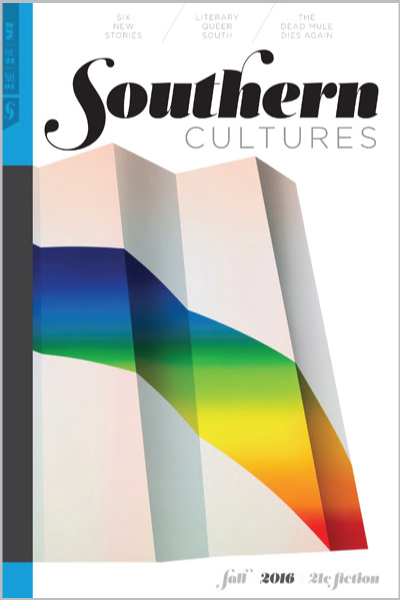“The Rough South offers either the illusion of being clothed culturally, if one identifies with the characters of this literature, or an escape to the ‘real South’ . . . if one believes that the working class retains an authenticity that has been largely flattened in the middle and upper classes.”
The past three decades have seen a steady rise in the popularity of “Grit Lit”—a genre largely shaped by white male authors who are from, or at the very least write convincingly about, working-class communities, usually within the context of the U.S. South. In The Companion to Southern Literature, Robert Gingher explains that “Grit Lit” is the “facetious shorthand for fiction devoted to the rough edges (‘grit’) of life.” If in 2002, when Gingher articulated this definition, the moniker Grit Lit was used facetiously, that is certainly not the case today. Now, contemporary writers flash the label proudly; and literary presses, book purveyors, and fan websites rely on it to promote books published by writers of the South who inhabit or once inhabited the region’s poorest or most culturally marginalized spaces. For example, the University of South Carolina Press proudly markets the grittiness of their two Rough South anthologies, and the website goodreads.com provides a list of “Popular Grit Lit Books,” which currently features 570 volumes. The burgeoning success of Grit Lit is a direct result of a regional and national obsession with authenticity. In the midst of global homogenization, readers are increasingly drawn to narratives about enclaves that have or appear to have retained certain hallmarks of cultural distinctiveness. In the South, one such enclave—be it a physical, social, or class-based space—is the “Rough South,” and fictional narratives purportedly reflecting its authenticity appear tantalizing to audiences comprised predominantly of educated and middle-class consumers.


